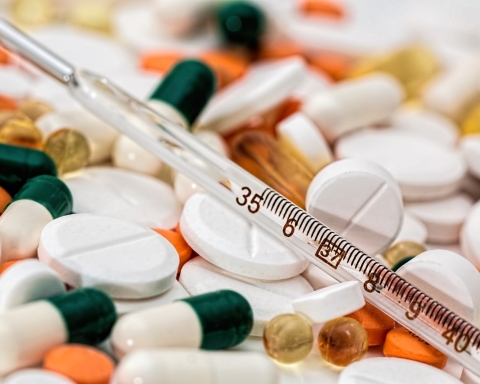Niosomes are non-ionic surfactant vesicles and it present low production cost, greater stability, and resultant ease of storage. Niosomes are chemically stable, can entrap both lipophilic and hydrophilic drugs. Niosomes are present with a range in size of 10 to 1000 nm.
These are developed to avoid the problems associated with the liposomes like ranicidity, handling and storage etc. These are developed using non-ionic surfactants instead of lipids. Hence these will have more stability and their handling and storage is easy.
Proniosomes are modified forms of niosomes and are developed to further enhance the physical stability of the niosomes. These are available as dry powders which are to be hydrated with aqueous media just before administration with vigorous shaking.
Niosomes (non-ionic surfactant vesicles) obtained on hydration are microscopic lamellar structures formed upon combining non-ionic surfactant of the alkyl or dialkyl polyglycerol ether class with cholesterol. In the bilayer structure, hydrophobic parts are oriented away from the aqueous solvent, whereas the hydrophilic heads remain in contact with the aqueous solvent.
[wp_ad_camp_4]The properties of the vesicles can be changed by varying the composition of the vesicles, size, lamellarity, tapped volume, surface charge and concentration. Various forces are responsible for maintaining the vesicular structure of niosomes.
Based on the vesicle size, niosomes can be divided into three groups. These are small unilamellar vesicles (SUV, size=0.025-0.05 μm), multilamellar vesicles (MLV, size=>0.05 μm), and large unilamellar vesicles (LUV, size=>0.10 μm).
Drug delivery through niosomes is one of the approaches to achieve localised drug action in regard to their size and low penetrability through epithelium and connective tissue, which keeps the drug localised at the site of administration. This type of drug delivery system has shown promise in cancer chemotherapy and anti-leishmanial therapy.
Niosomes are prepared by different methods based on the sizes of the vesicles and their distribution, number of double layers, entrapment efficiency of the aqueous phase and permeability of vesicle membrane.
For instance, Sonication, Micro fluidization, Reverse phase evaporation technique (REV), Ether injection method are the methods for the preparation of unilamellar vesicles.
On the other hand, Hand shaking method (Thin film hydration technique) & Trans-membrane pH gradient (inside acidic) drug uptake process(remote Loading) are the methods for the Preparation of multilamellar vesicles.






